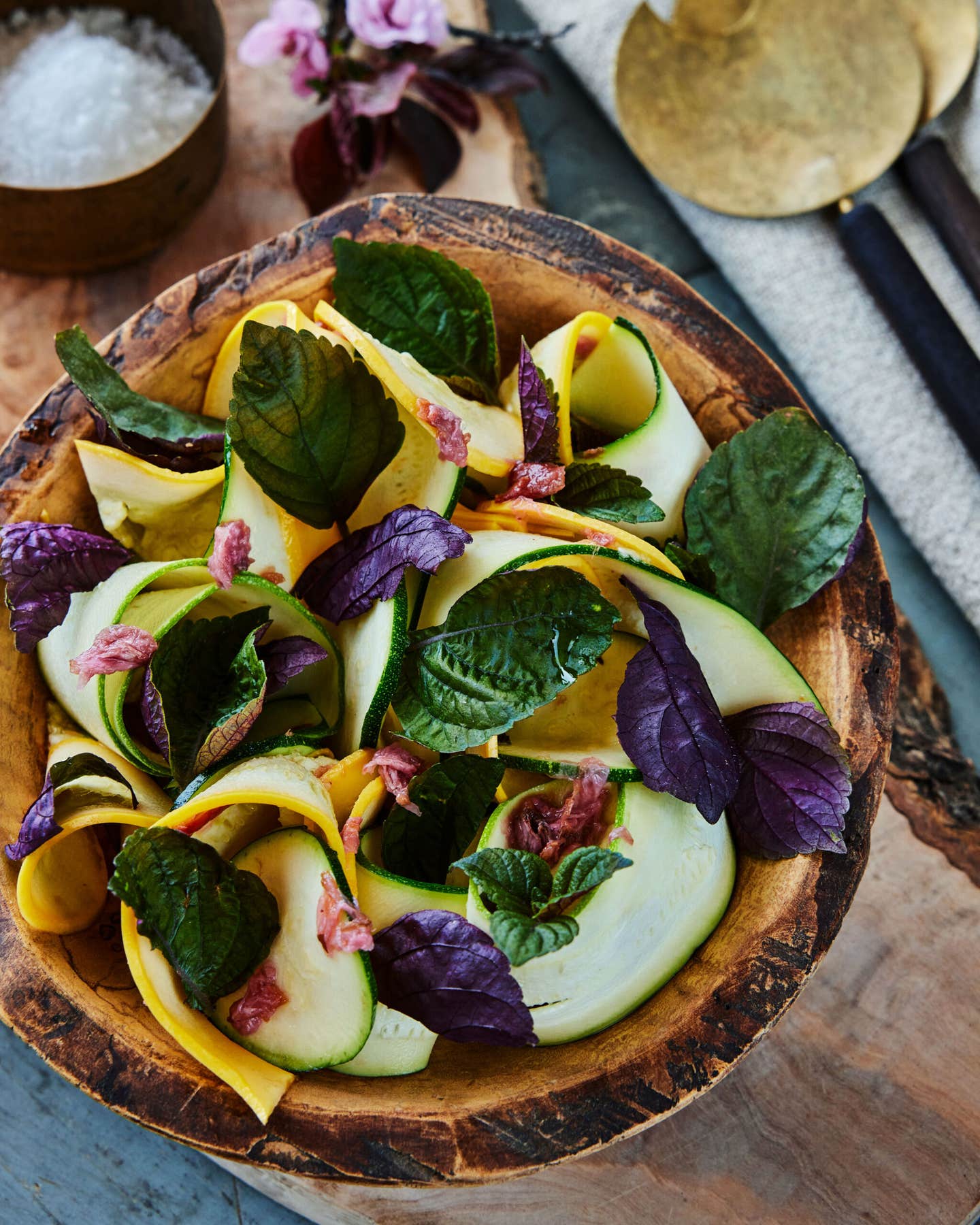The New Frugal
Cooking with stale bread and dried beans is a start—but in this economy, there are better ways to think about reducing waste, saving money, and improving food security.
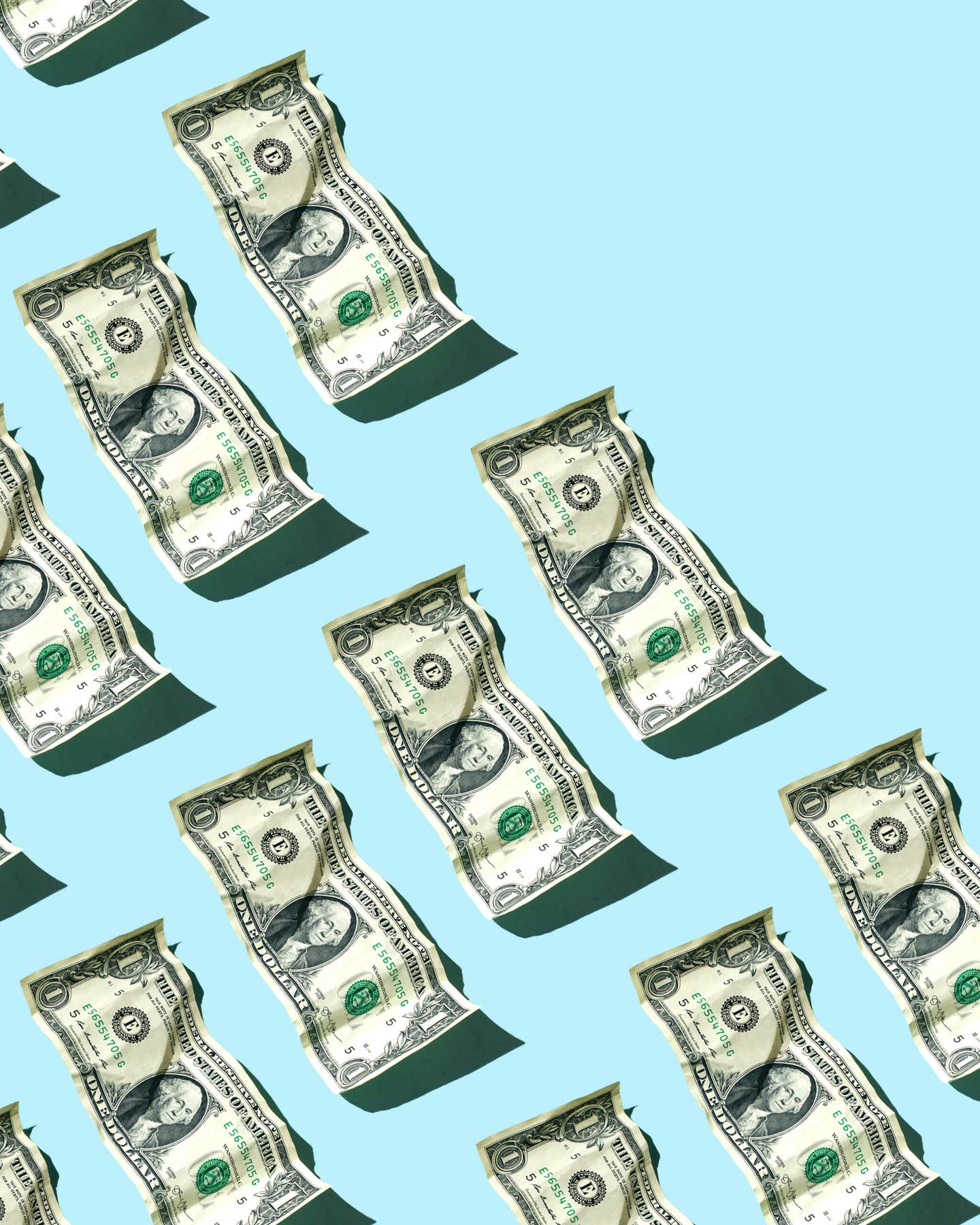
Mesmerized, I watched my grandmother’s hands working the dough as she told me how she survived the Great Depression. How she brewed tea twice. Diluted soap. Saved every bag, tie, and scrap of foil.
These idiosyncrasies of the Silent Generation annoyed my mother, but fascinated me. My grandmother’s lessons in frugality would serve me a few years later when I became homeless.
Frugality does not mean what it did a century ago, a decade ago, or even a year ago if you consider the price of eggs. A word that originally meant the care and enjoyment of the fruits of one’s labor, “frugal” doesn’t have the same definition for everyone. That’s because not everyone has equal access to those fruits.
To understand the role of frugality in American culture, studying the Great Depression is a good starting point. “There’s a great dish called Milkorno,” says baker and author B. Dylan Hollis, who revived an old recipe for the powdered milk and cornmeal gruel for TikTok. Hollis studies history through cookbooks. “In the Great Depression, you had institutes and universities coming up with frugal ways to teach the populace how to stretch their dollar,” Hollis says. Milkorno was one of Cornell’s concoctions. Hollis’ scalding review described the bite as “Depressed polenta! Oatmeal that needs therapy! Unemployed grits.”
But wealthy people weren’t eating depressed polenta during the Great Depression. They were busy serving aspic, those towering, jiggling plates of savory gelatin—in part to show they could afford a refrigerator, as historian Jonathan Rees explains in Refrigeration Nation. A modern analog might be the Vitamix or Instant Pot, appliances that streamline cooking while also being status symbols. As in every era, the more money you have, the more frugal you can afford to be with your time.
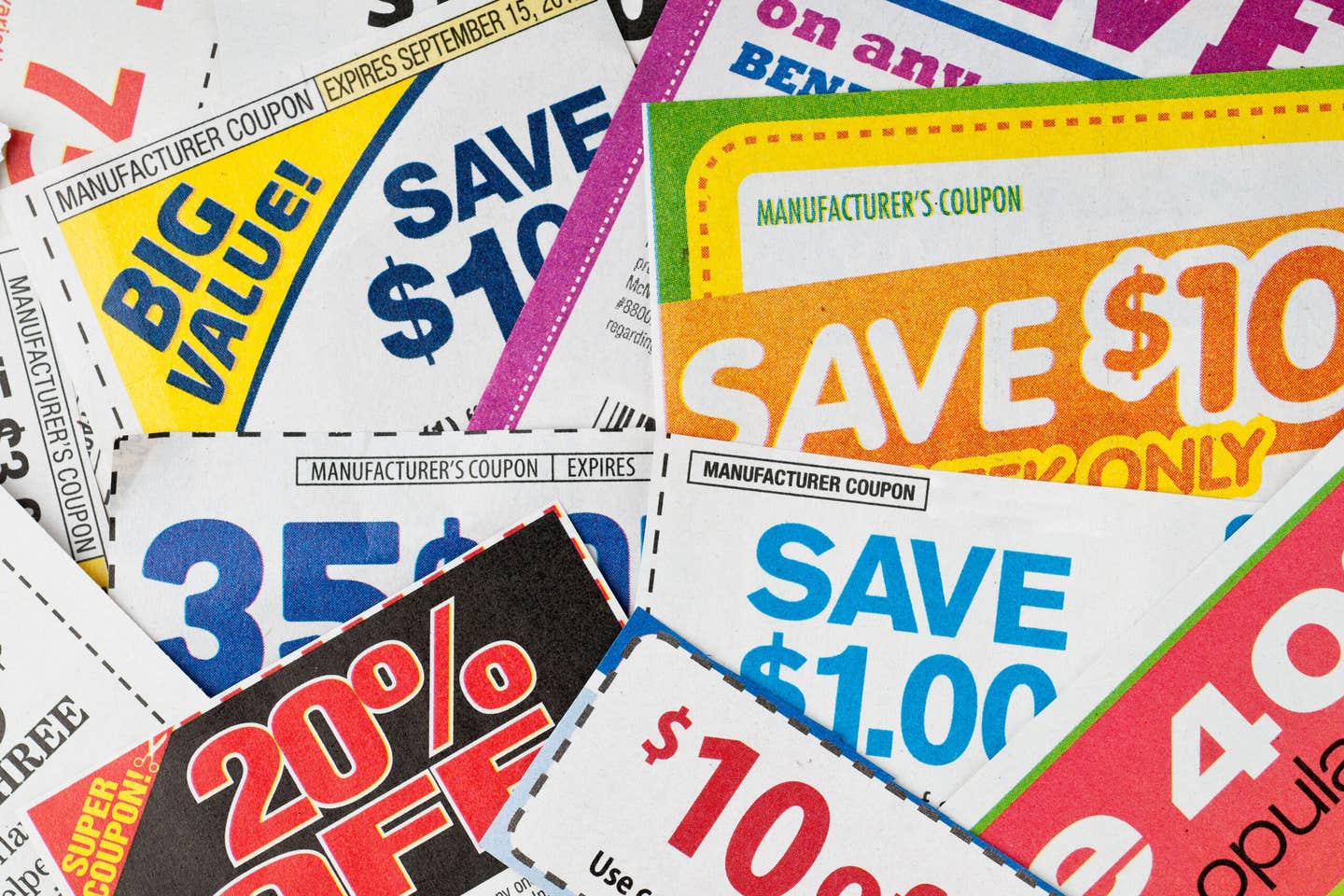
“The trade-off is time for money,” says dietician and author Jessica Wilson, who specializes in anti-hunger work. These days, Wilson is terrified about her patients losing access to food stamps, now that Covid-19 pandemic emergency aid is ending. Across the country, many will soon face the precarious predicament of having to be frugal with both time and money, which, for the working poor, were already in short supply. “A lot of people I work with are in areas of food apartheid that don't have grocery stores,” she says, emphasizing that she doesn’t use the term “food desert” because a desert is naturally occurring, whereas apartheids and redlining are man-made. “Until [people] can get food, I don't want to talk to them about healthy food,” she says. That’s because dictating to people what they should put in their bodies often “only creates guilt.”
Having to be frugal with one’s money and time leads many shoppers to buy groceries in bulk to cut down on spending and trips to the grocery. But that presents another issue: space. Anyone who’s lived in a small apartment knows how to get the most out of every square inch—but that’s not easy when it comes to storing, say, a 24-pack of canned green beans.
For Becky Schwarz, a business manager who works from home, lupus has made food shopping stressful. “An anti-inflammatory diet is brutal because it’s so much more expensive,” she says, explaining that fresh fruits and vegetables are far pricier than the cheaper, packaged foods that are harmful to her health. When her lupus flares up, sapping any energy to cook, Schwarz relies on Costco’s ready-made meals that won’t risk making her more sick (she says the membership fee is worth it).
Perceptions of frugality shift according to age and income. It’s not all gloom and doom—lots of people enjoy gamifying frugality by couponing. Take Josh Gabel, who left his job at Amazon during the pandemic to return to grad school, where he studies Indian law. Using coupons, he manages to save at least 40% on each trip to the grocery store, helping stretch his tight student budget. “I've gotten it down to where it's worth the time investment, because time is money,” he says. (Gabel acknowledges that the digitization of coupons has excluded many elderly folks who aren’t as tech-savvy.)
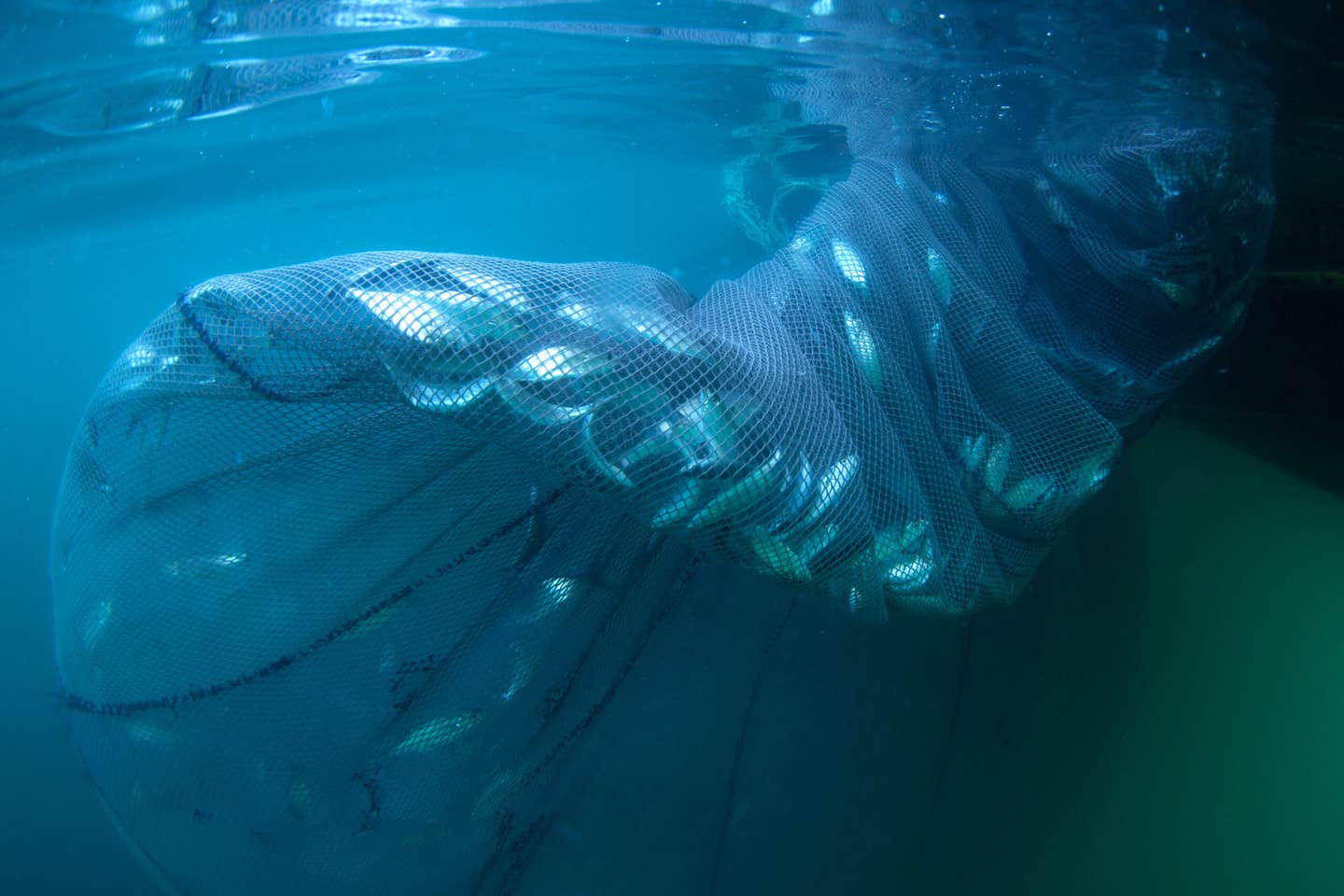
Gabel grew up making frybread and smoking salmon according to his Snoqualmie family’s traditions. “We always maintained salmon smoking as a preservation method,” he says, noting that uplifting native food systems is frugality on a macroeconomic scale that benefits everyone.
Coupons remind us that food prices are not only fluid—they’re sometimes made-up. Crop scientist Sarah Taber notes that markets incentivize environmental depletion, so that once-bountiful (and affordable) foods become delicacies. “Caviar used to be cheap. It was a trash byproduct of the sturgeon fishery. Then we made the sturgeon population mostly extinct, and now caviar is expensive. Lobsters, oysters, same thing,” Taber says, referencing a time when lobster was so undervalued it was served to prisoners.
Yet supply and demand aren’t always to blame for price hikes, especially when it comes to agriculture. “There's not a geographical restriction on where you can grow eggs,” Taber says, reminding us that egg prices soared simply because suppliers hiked prices in anticipation of an avian flu epidemic that never really came. While many Americans were forced to be frugal with their eggs, Big Egg was essentially lining its pockets. (Prices have decreased in recent weeks but haven’t returned to their pre-December baseline.)
Rising food costs are hitting small food businesses particularly hard, and behind the scenes, many chefs are being forced to be more frugal. According to Beet cofounders Eric Rivera (a chef) and Emahlea Wilxer (an epidemiologist and dietician), that frugality might look like less-expensive cuts of meat such as hanger steak or skirt steak on menus. It might look like smaller portions, or worse, slashes in pay or hours for employees.
Rivera notes that sometimes a historically thrifty menu item becomes so popular that it turns into a luxury. Oxtail is currently experiencing this shift, riding similar waves of food gentrification as quinoa, collards, and kale, which have all increased in price in recent years. This exacerbates food inequality, as many people wind up unable to afford the ingredients their ancestors cultivated and developed over generations because wealthier folks are snapping them up.
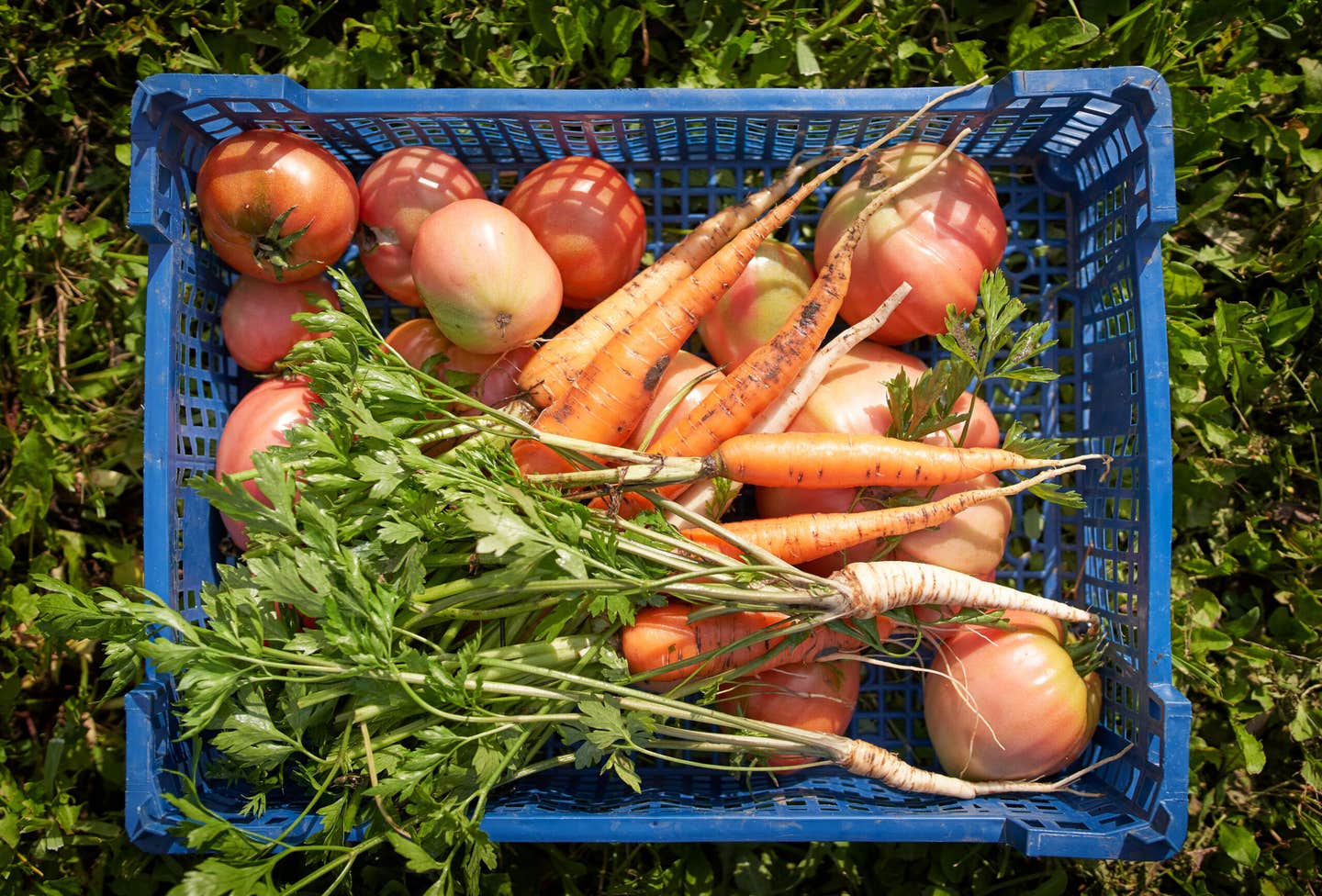
Then there’s the question of “cheap” versus “frugal.” Dried beans are universally touted as frugal, but if you’re working two minimum-wage jobs, do you really have the time or energy to watch a pot for hours? For busy parents, priorities and budgets are constantly shifting. Chef Susie Snyder, who used to own a vegan meal delivery service, says her perception of frugality evolved during the pandemic. “I started making sourdough like everybody else,” she says, recalling how she and her neighbors pitched in to buy a large bulk order of flour to share. But she gives “so many fewer Fs now” and is more frugal with her meal planning efforts. She says convenience foods that create time are now the most important items on her grocery list.
Time and community were two of the only resources I had in abundance as a homeless teenager. I had time to forage and dumpster dive, sharing expired expensive tea, pastries, and other valuable finds. Searching for food I was not allergic to was a constant stress, and continues to be, despite my financial situation being more stable.
Now, I buy groceries for people around me struggling to make ends meet. I draw on my grandmother’s economical yet flavorful Depression-era recipes and cook them for friends. I continue to annoy my family by diluting soap and—yes—saving every bag, tie, and scrap of foil.
Across all socioeconomic strata, the main ingredient for frugality, in its healthiest form, is communal cooperation. That might mean donating garden space, giving away seeds and produce, offering childcare, advocating for better laws, sharing a ride to the grocery store, volunteering to cook, providing mutual aid, or sharing resources like foraging extraordinaire Alexis Nikole Nelson’s videos.
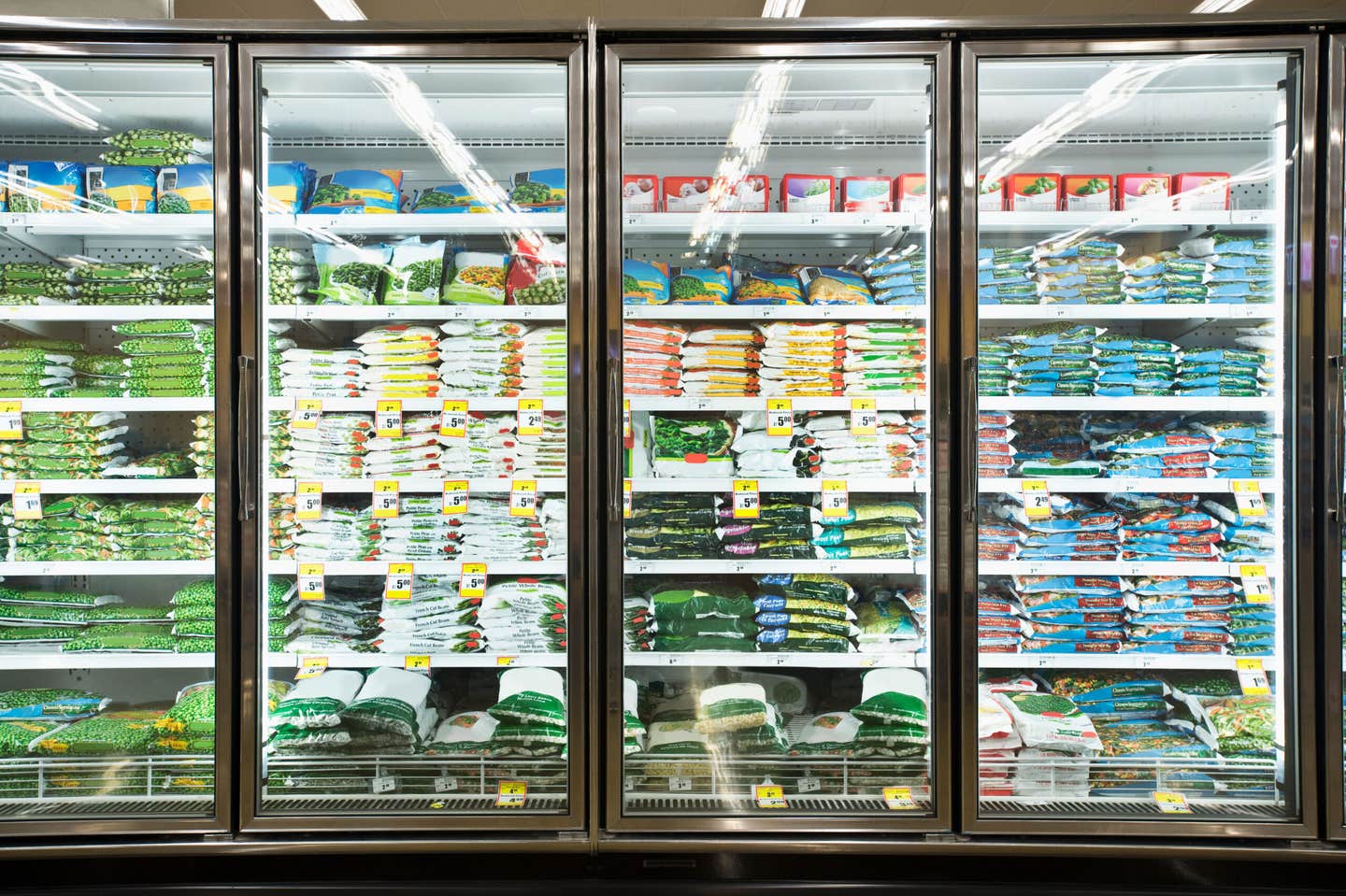
Donating to food banks is helpful, but experts I spoke with emphasize that the food often doesn’t make it to people in need, with their long work hours and lack of transportation being two main reasons. As dietician Jessica Wilson puts it, giving one dollar goes much further than one can of beans.
Frugality won’t save us from poverty. Milkorno is no substitute for a balanced diet. As meager emergency Covid-19 aid ends, already-stressed communities will bear the added weight of their most vulnerable members struggling to survive poverty—and the health implications and death that come with it.
As Congress prepares to vote on this year’s reauthorization of the Farm Bill, contentious debates about expanding food benefits rage in the marble corridors. And what is Congress but community, writ large? If frugality boils down to the management of scarce resources, our leaders should take inspiration from their frugal constituents—and find ways to improve lives with as little waste as possible.
Keep Reading
Continue to Next Story









